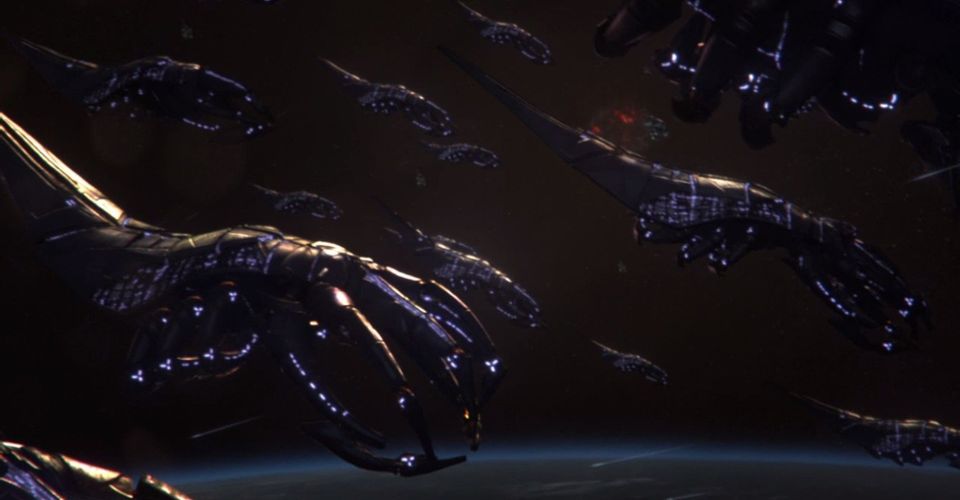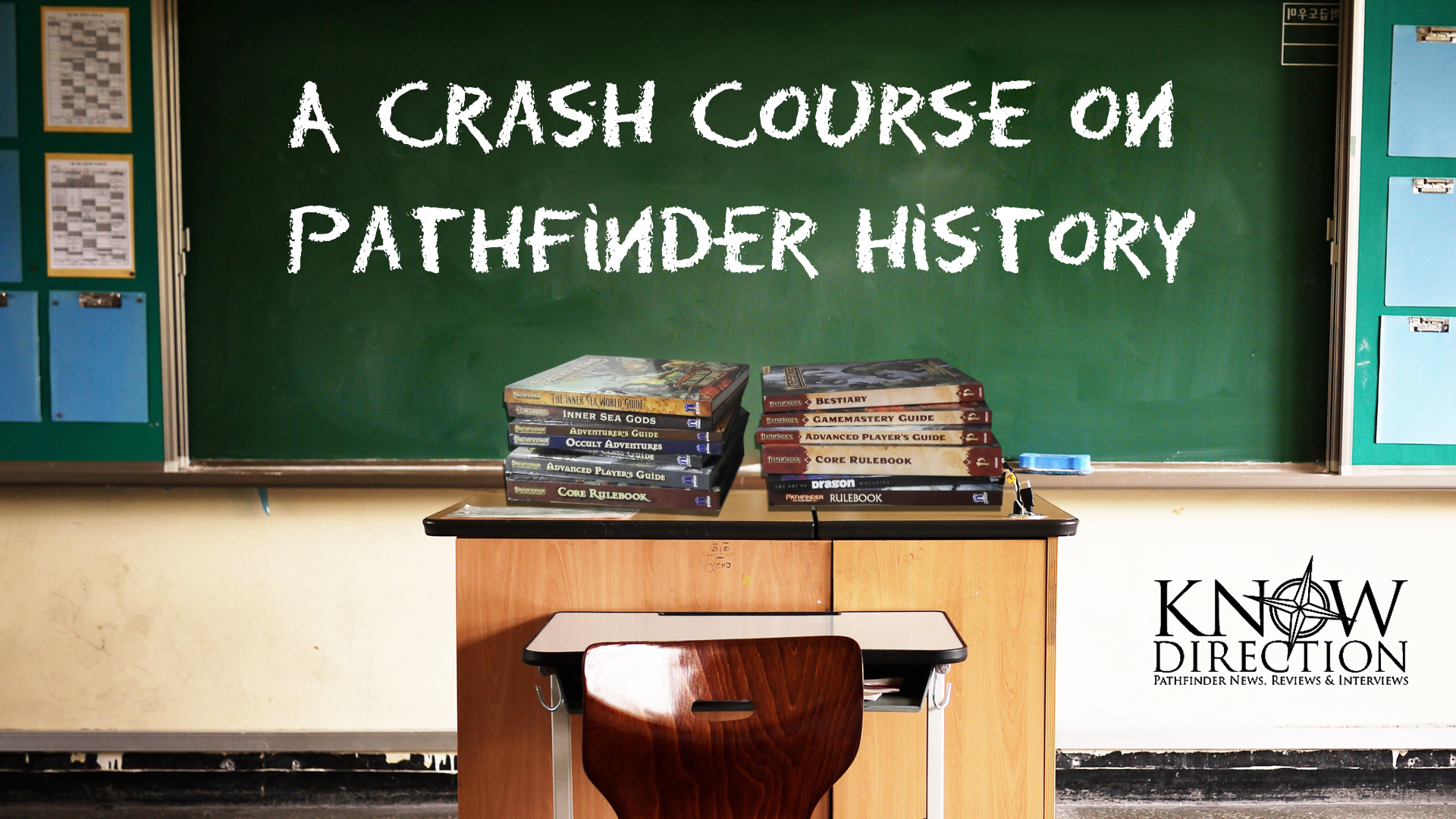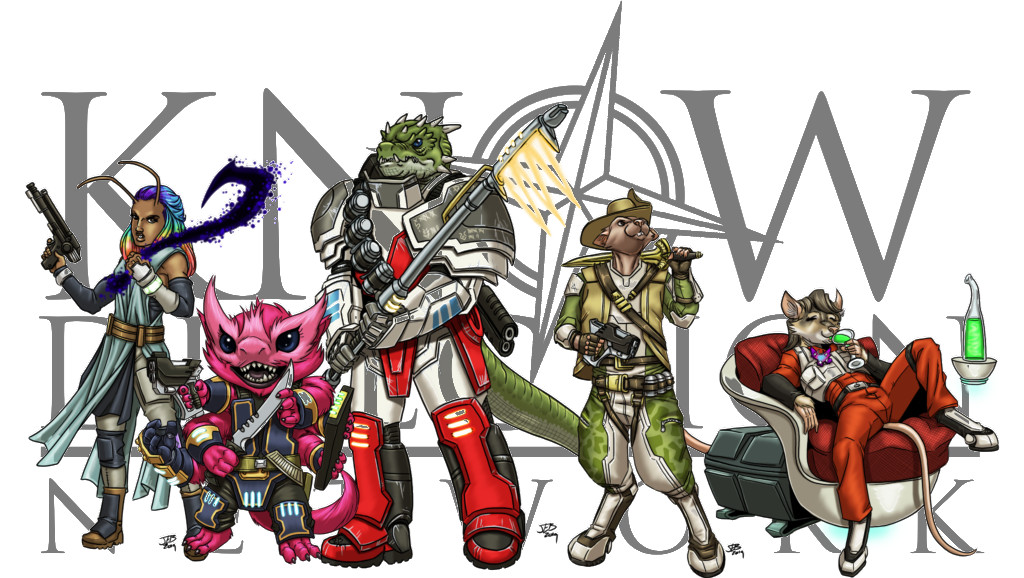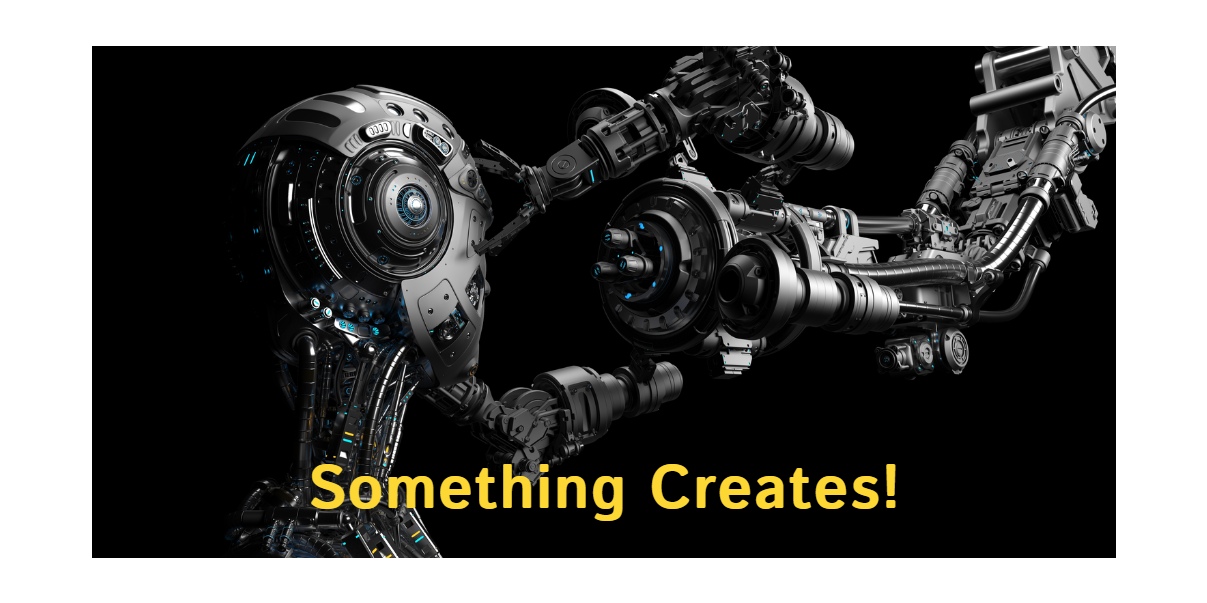Last week, after my article I began thinking about how I wanted to present corruptions from Everybody Games (EbG). I could easily just copy and paste the material into a static web page and call it day. That isn’t what I want ultimately though. I want a place where people can go to quickly reference the great rules of Open Gaming License material that 3rd party publishers (3pp) are making for Starfinder. The Starjammer SRD, part of the Open Gaming Network has a chunk of 3pp publisher content, but it looks like the newest material is from 2019. I haven’t been able to find anything close for 3pp content.
I may be a software developer as my day job, but until the last couple of months, I was focused more on the parts that consumers don’t see and don’t interact directly with the internet. However, this past week, I’ve dived looking at some modern web design solutions that I might use to make something more akin to the Archives of Nethys. My ultimate goal would be to make this an open-source project so that I’m not the only one maintaining or adding material. Something akin to FoundryVTT systems, but just a resource document (so in theory less complicated than a FoundryVTT system!).
What does all of that talk have to do with corruptions though? It might mean that in about a month when I post my next article, either I’ll have the nice beginnings to a project that can scale to show off to all of you as well as an EbG corruption or I’m going to make a simple page for the time being while I put together what I think would be super useful for anybody using 3pp rules without having to open up their PDFs or physical books!
Starting with Paizo’s Corruption System
One of the first things I did when I sat down to start working on my Paizo corruption was compare the Shadow Corruption of Starfinder to the Shadowbound Corruption of Pathfinder 1st edition. What I discovered was that eight of the 9 manifestations written for Shadowbound were more or less directly converted to Starfinder. The biggest difference between those two corruption systems is that the Starfinder corruption system assumes that you’re using the Pathfinder 1st Edition’s Vile Corruption variant as far as being able to refuse the gifts.
Considering Everybody Games
Before I could land on a solid plan though, I needed to make sure that the corruption that I’m going to create for the Paizo corruption system is something that I can convert into the EbG corruption system. I can tell you that EbG did a great job with the 24(!) corruptions that they published covering as much ground as they could when it comes to both the fantastical, occult, or downright frightening. My first half-dozen or so ideas were quickly thrown out as I turned through the pages of the Advanced Occult Gu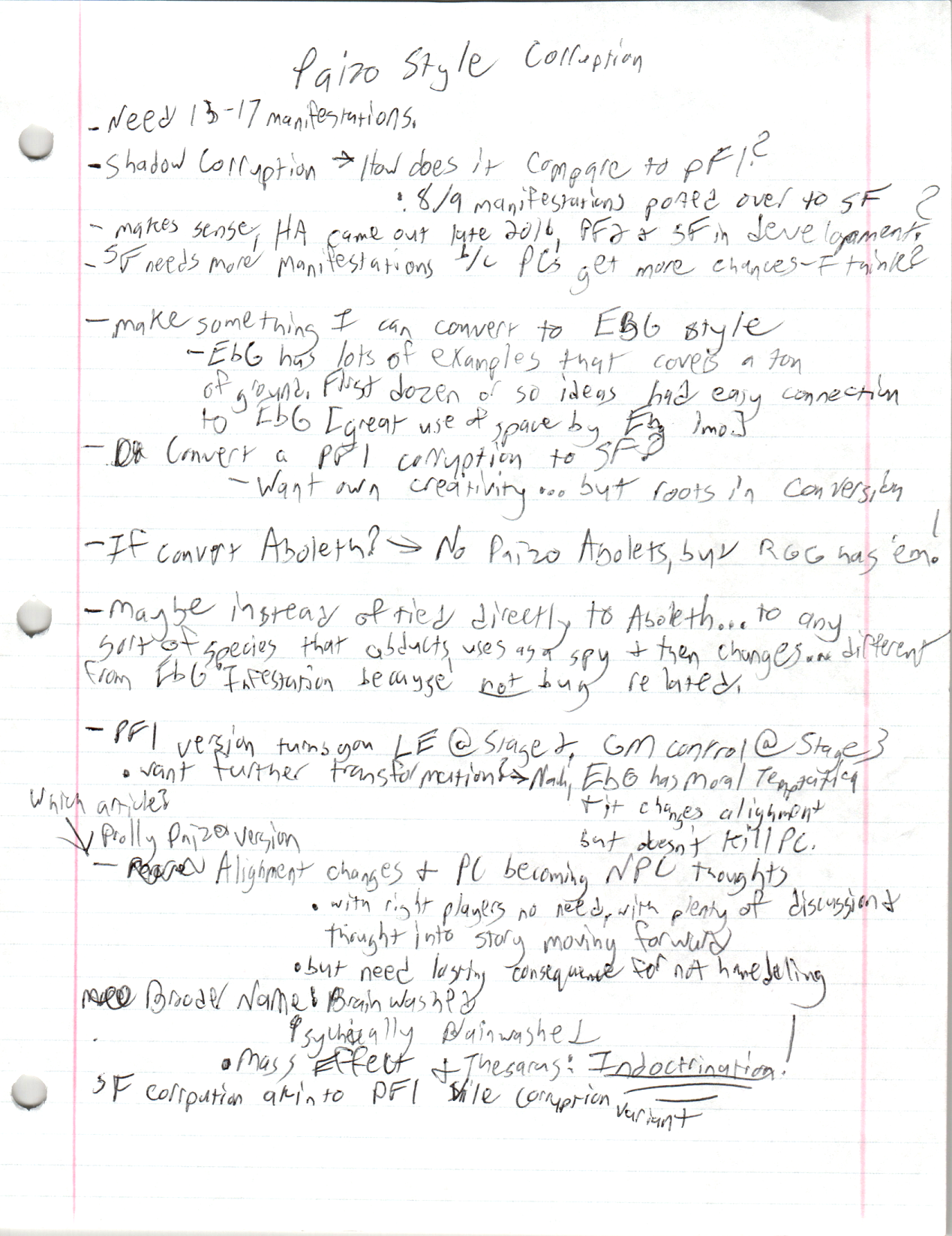 ide. This isn’t a bad thing ultimately. It just means there already is a lot of great material for GMs to inflict upon PCs!
ide. This isn’t a bad thing ultimately. It just means there already is a lot of great material for GMs to inflict upon PCs!
To Convert or Not to Convert
As I finished going through EbG’s corruptions, I decided that I should take a look at the list of the corruptions listed for Pathfinder 1st edition. A number of them had corollaries in EbG’s corruptions, so I knew I wanted to stay away from those. The one that stood out to me though was the Aboleth corruption, it dealt more with brainwashing a victim and then forcing the victim to continue furthering the brainwasher’s aims. While EbG has the Infestation corruption (hopefully a link to it soonTM ) it doesn’t quite fit what I have in my head for a brainwashed agent.
Finding a decent fit for a corruption type that I could make for both the Paizo system and the EbG system felt good, but then I began questioning whether or not I should try to do something brand new. It’s honestly not super difficult to convert something like a corruption from Pathfinder 1st Edition into Starfinder, especially something published late in PF1’s lifecycle. However, because I was doing this turnaround in about a week I decided to stick to doing a conversion
Where are the Aboleths?
With the idea to convert settled, I wanted to see what aboleths, or rather alghollthu were up to post-Gap. I quickly discovered that Paizo has not published any alghollthu as far as I’ve been able to find on AoN. Luckily, I wouldn’t need to convert aboleths to Starfinder because Jacob Blackmon with Rogue Genius Game’s published them in Starfarer Adversaries: Legacy Bestiary (sidenote: Jacob Blackmon also converted the Rakshasa, and one day I might compare his Rakshasa to my Rakshasa). The lack of alghollthu in Paizo’s Starfinder setting does leave several questions since they are rumored to have seeded many planets in their history. With their absence, I decided that the corruption needed a new name!
I took a break from designing and started to play Mass Effect 3, particularly the Leviathan DLC. It hit me then, that what the Aboleths are doing is what that Mass Effect trilogy calls Indoctrination. One could argue based on the shape of the big bad’s of Mass Effect have a shape reminiscent of a creature of the deep that might be into mind control, just like aboleths! I’m hoping that with the name change to Indoctrination, I can also create some unique manifestations to branch out from the base that I’m building off of.
Conclusion
Ryan mentioned in his shoutouts at the end of KD:251 that I get into the nitty-gritty of Starfinder design and my design process. What that means sometimes though is that ideas that I have for my articles will start as a 2 or 3 article series, but expands into 4 or 5 articles. I did a quick count of the words so far in this article and it appears that the introduction and body are just over 900 words. I learned during my questline series that articles in the 1200-1500 range for KD were quite a bit for a bi-weekly release. That means the next article will be me digging into the Indoctrination corruption built off of Paizo’s corruption system!

